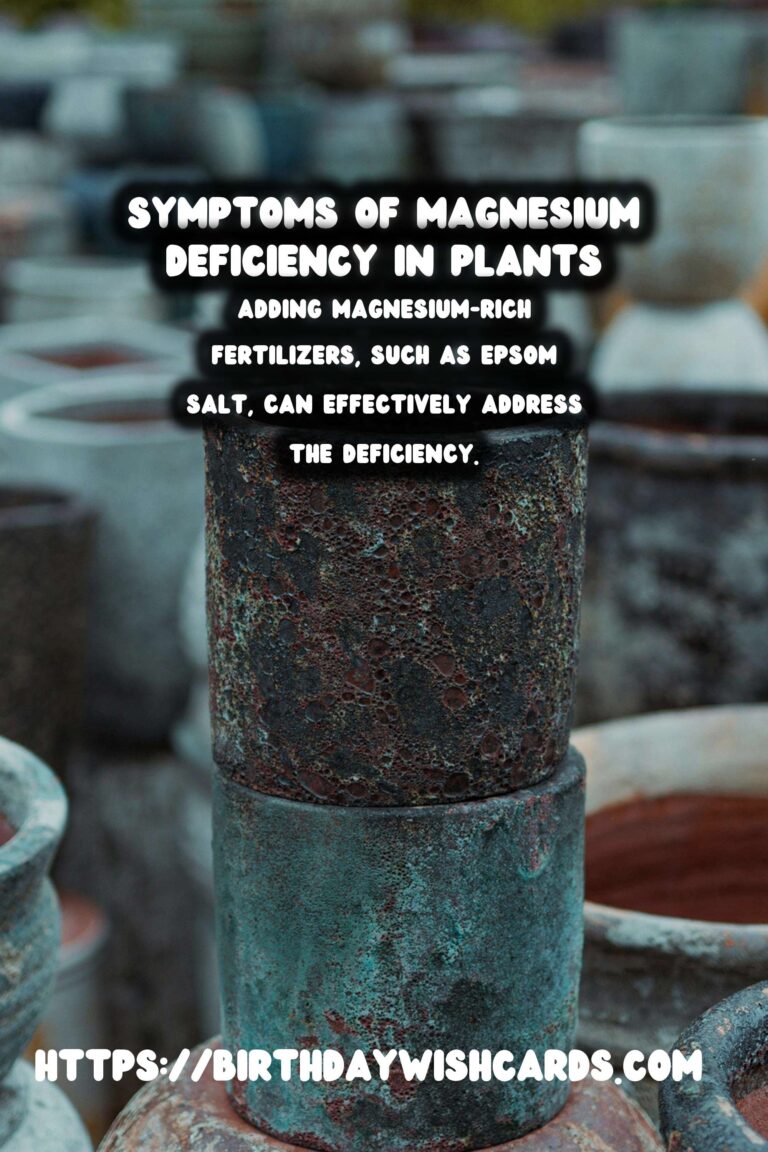
Introduction
Magnesium is an essential nutrient for plants, playing a vital role in various physiological processes. However, magnesium deficiency is a common issue that can significantly affect plant health and productivity. Understanding the symptoms, causes, and solutions for magnesium deficiency is crucial for gardeners and farmers alike.
What is Magnesium Deficiency?
Magnesium deficiency occurs when plants are unable to access sufficient magnesium from the soil. This deficiency can lead to various growth issues and reduce the overall yield of crops. Magnesium is a key component of chlorophyll, the molecule responsible for photosynthesis. Without enough magnesium, plants struggle to produce energy.
Symptoms of Magnesium Deficiency
Identifying magnesium deficiency in plants involves observing specific symptoms. The most common sign is interveinal chlorosis, where the leaves turn yellow while the veins remain green. This typically starts with older leaves and progresses to newer growth if not addressed. Other symptoms include leaf curling, reddish-purple spots, and poor root development.
Causes of Magnesium Deficiency
Several factors can contribute to magnesium deficiency in plants. These include soil composition, pH levels, and competition with other nutrients. Sandy or acidic soils often have low magnesium availability. Additionally, high levels of potassium or calcium can interfere with magnesium uptake, leading to deficiencies even if magnesium is present in the soil.
Solutions and Prevention
To prevent and correct magnesium deficiency, soil testing is essential. This helps determine the existing nutrient levels and pH, guiding appropriate amendments. Adding magnesium-rich fertilizers, such as Epsom salt (magnesium sulfate), can effectively address the deficiency. Regularly monitoring soil conditions and maintaining a balanced nutrient profile can prevent recurrence.
Conclusion
Magnesium deficiency is a manageable issue with proper knowledge and techniques. By recognizing the symptoms early and understanding the causes, gardeners can take proactive steps to ensure their plants receive adequate magnesium. This will promote healthier growth and increase the productivity of their gardens.
Magnesium is an essential nutrient for plants, playing a vital role in various physiological processes. Magnesium deficiency can significantly affect plant health and productivity. The most common sign of magnesium deficiency is interveinal chlorosis, where the leaves turn yellow while the veins remain green. Soil testing is essential to prevent and correct magnesium deficiency. Adding magnesium-rich fertilizers, such as Epsom salt, can effectively address the deficiency. 
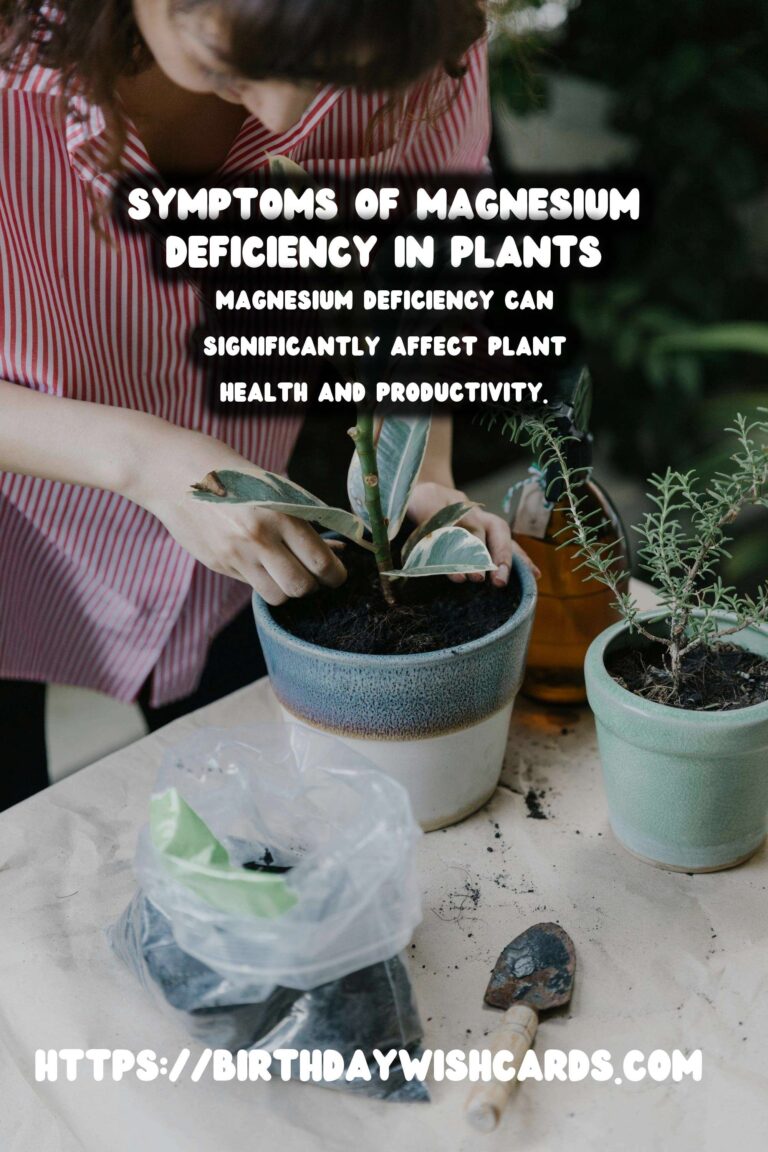
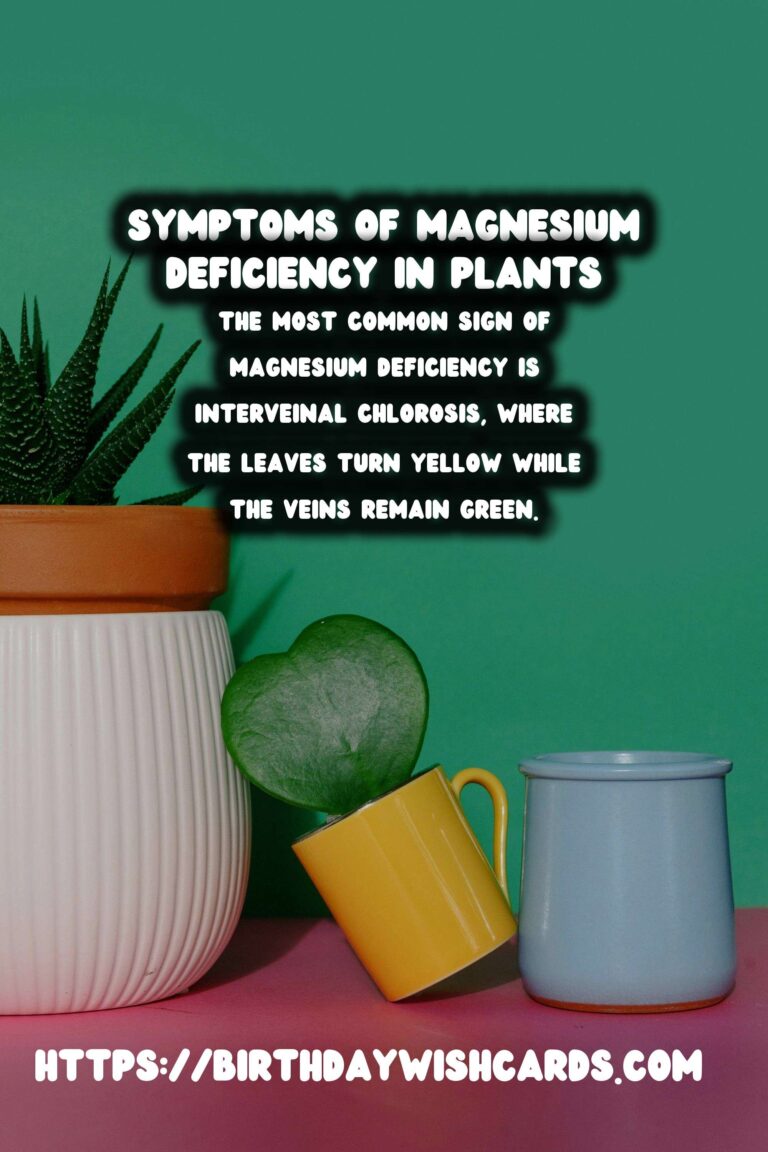
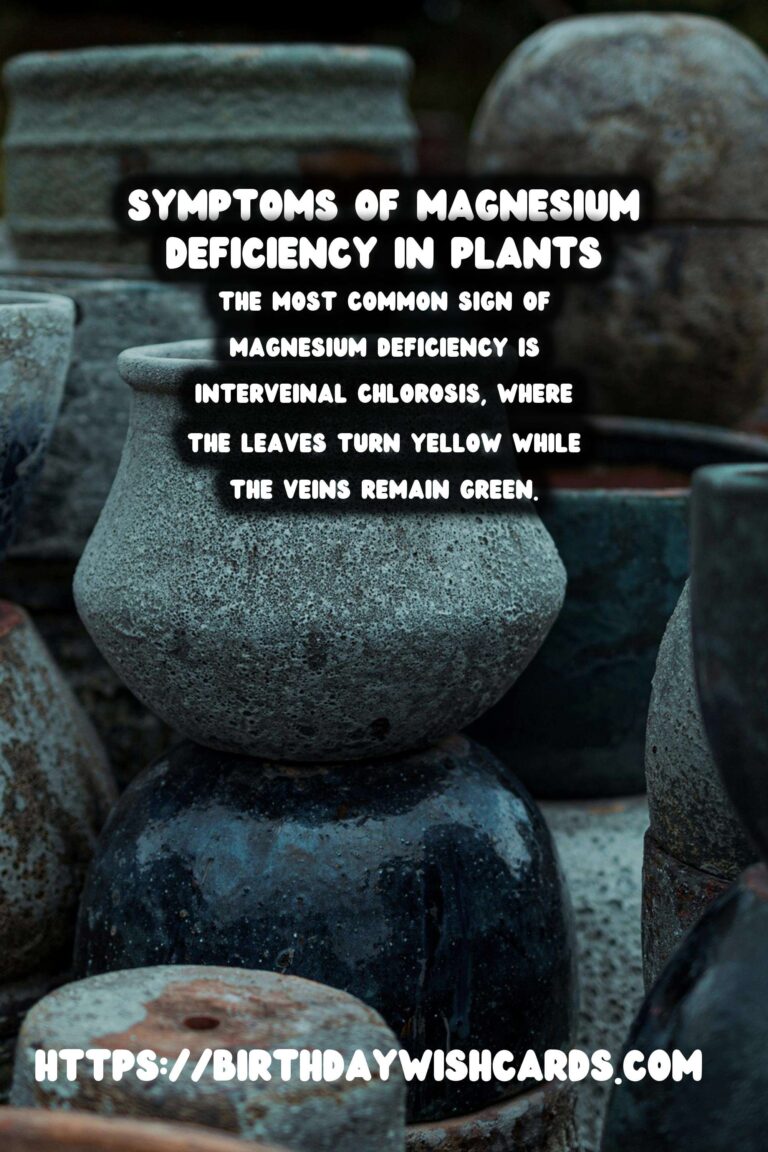
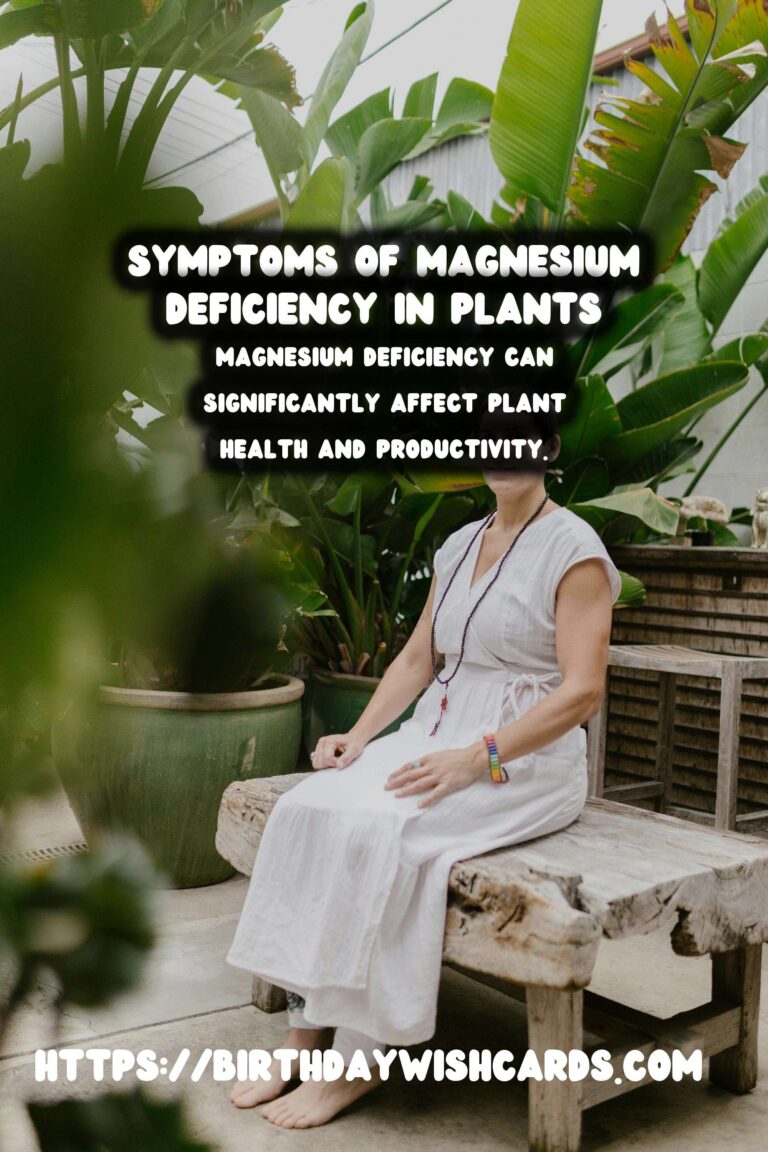
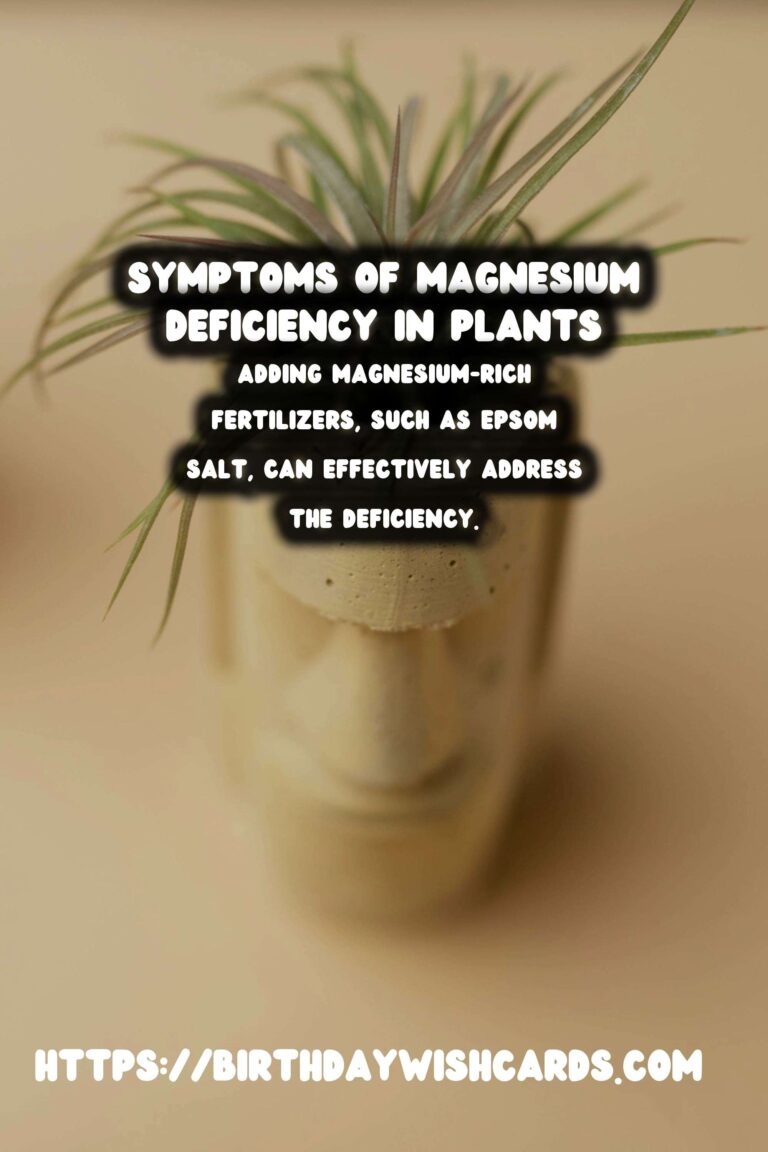
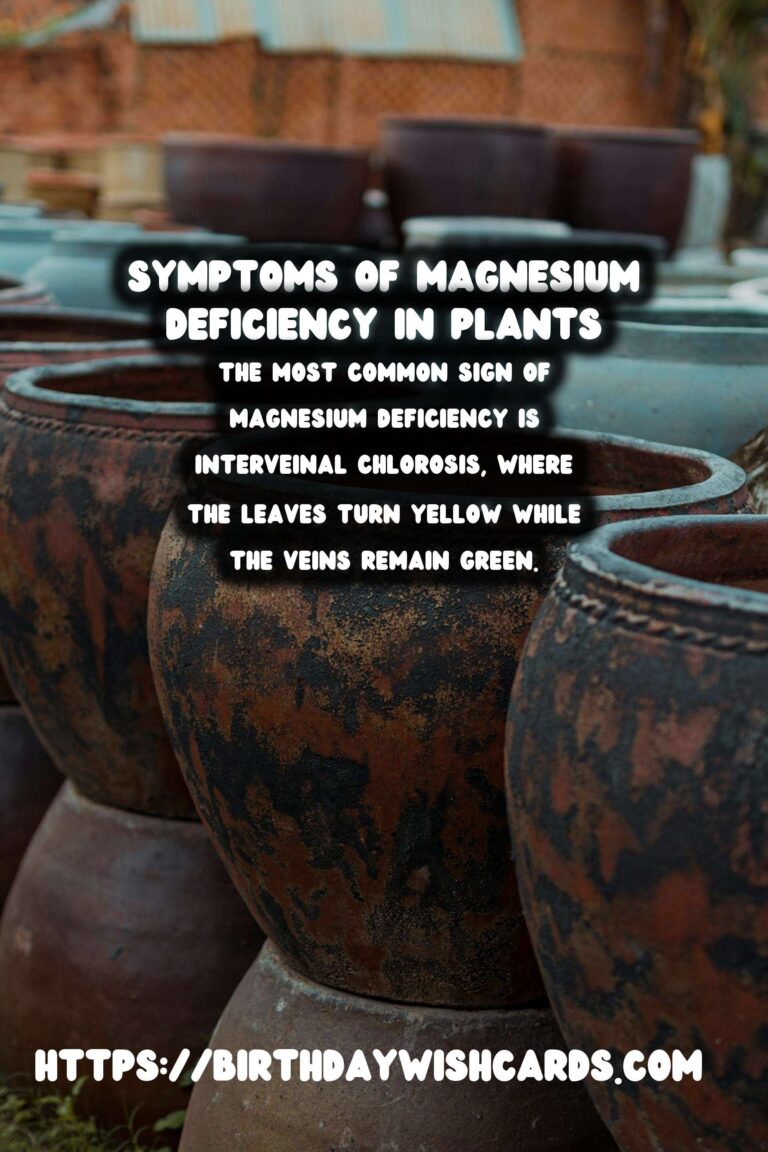
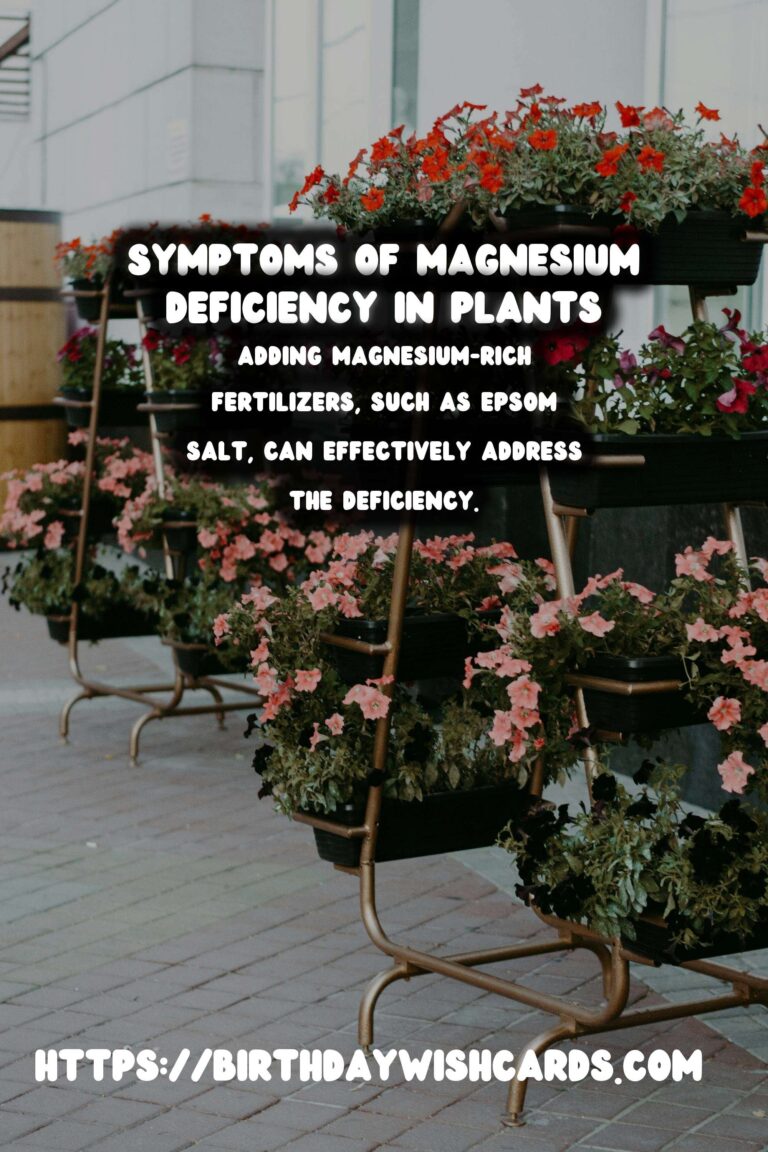
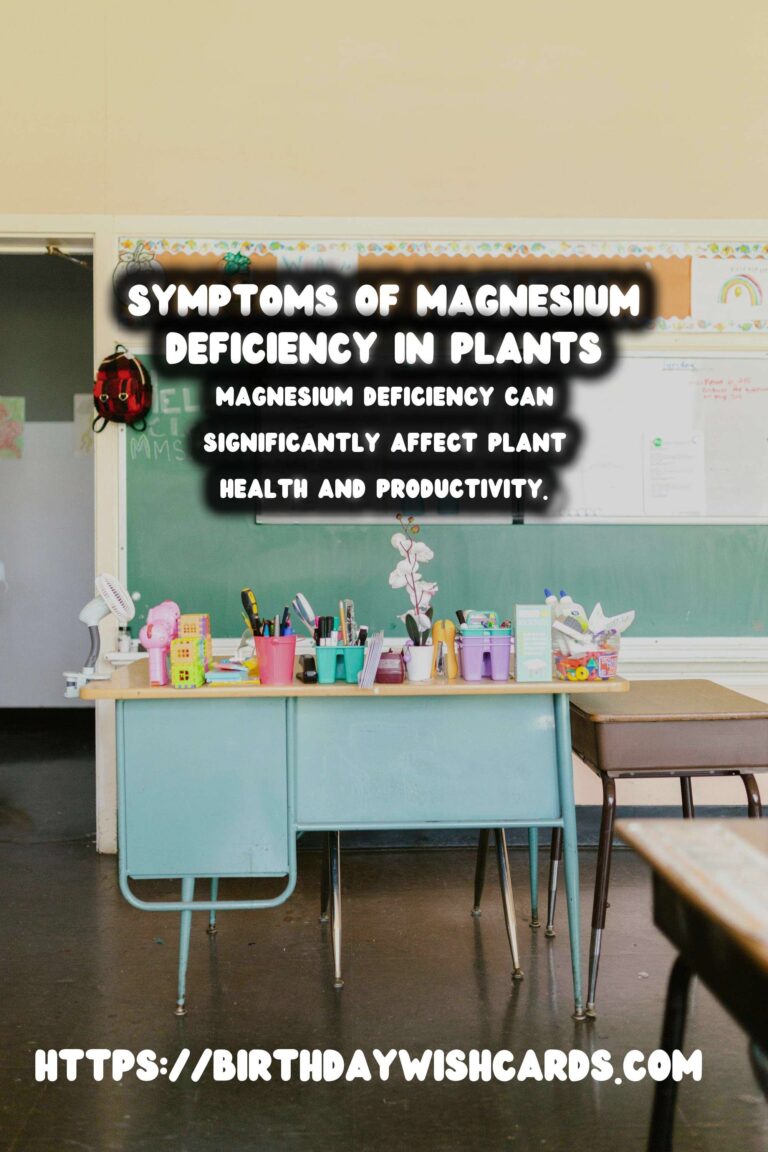
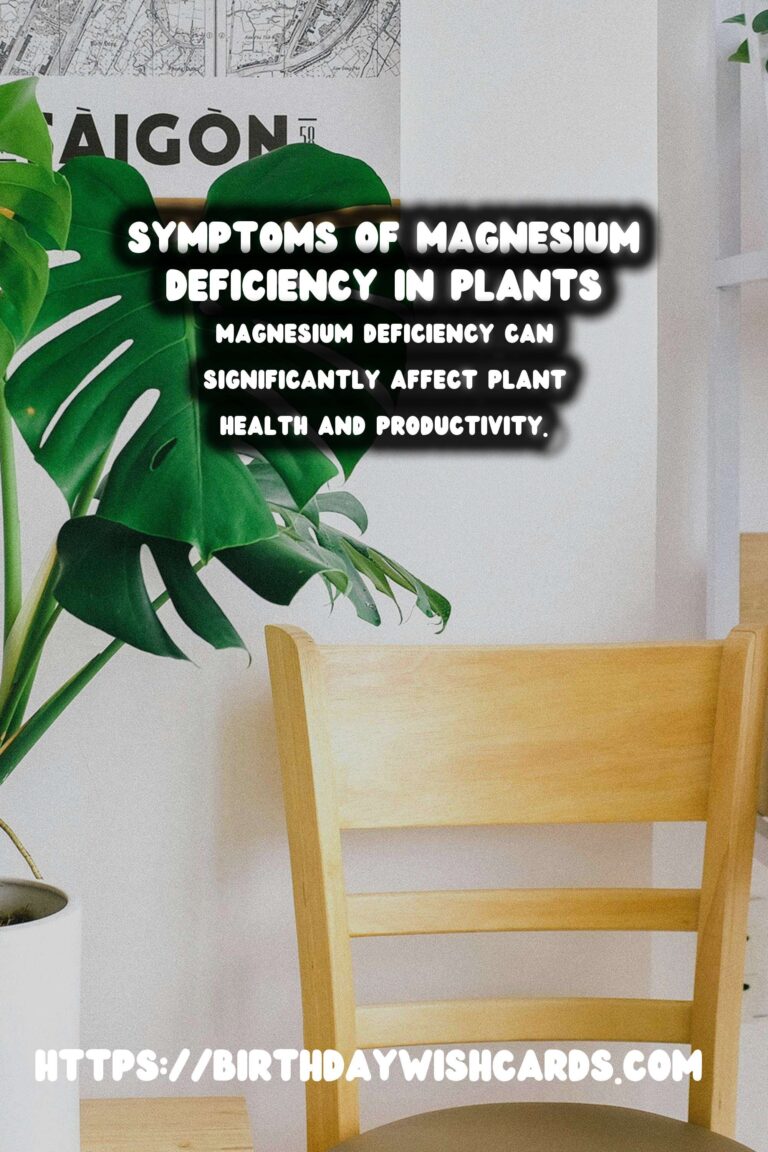
#MagnesiumDeficiency #PlantNutrients #GardeningTips #PlantHealth




